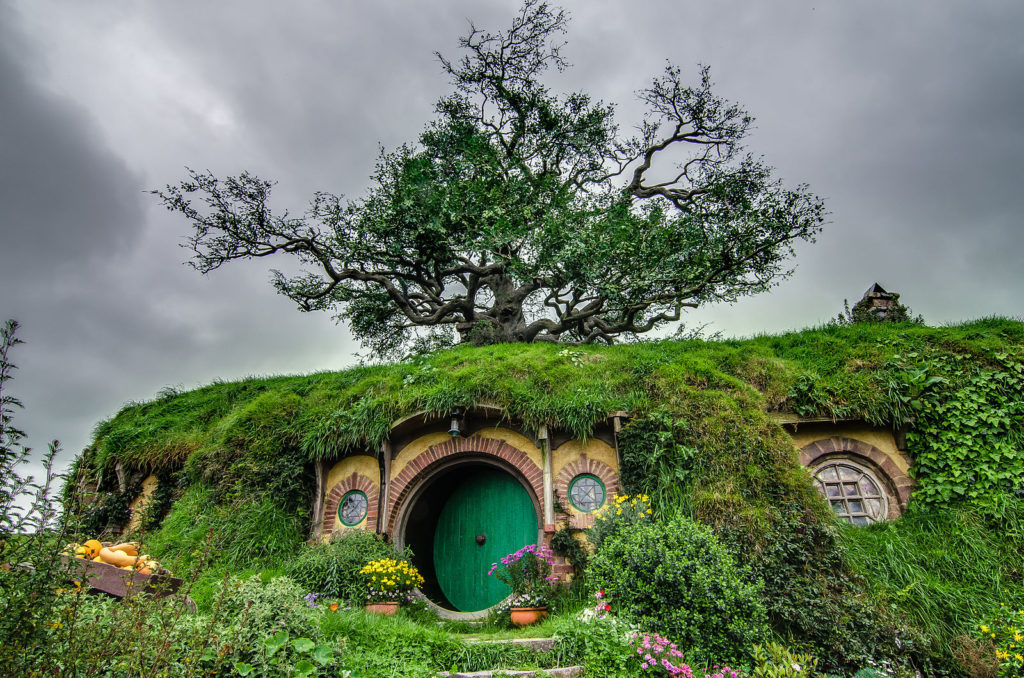
2012 was a thrilling year for J.R.R. Tolkien fans everywhere, as they were finally able to witness Bilbo Baggins’s foray into the magical world of Middle Earth on the big screen for the first of three The Lord of the Rings prequel movies
Despite The Hobbit’s several deviations from the 1937 book, most would agree that it’s still a film worth watching and dissecting. Its focus on cutting-edge visuals and sound effects at the time, as well as its immersive story and one-of-a-kind world-building, drew audiences from all ages to the cinemas. No matter how many times they’ve seen it, though, even the most hardcore Tolkien fans may still miss some of the fascinating on-screen and behind-the-scenes details listed for you below.
All the dwarf hair was actually yak hair
You read that right: the dwarf hair you see on screen is actually made from yak hair, with the exception of Thorin’s naturally grown beard — courtesy of actor Richard Armitage’s wicked draw from the genetic pool. Several aspects of the dwarves’ silicon face casts, intricate makeup, and repeated touch-ups were challenging, of course. However, none of that effort compared to the long hours spent on constructing wigs from water-resistant yak hair.
Vanity Fair details how hair-and-makeup artist Peter Swords King tediously brought the heaps of yak hair to life, revealing that for each dwarf character, there were six wigs and eight beards made to match. On top of that, the hair had to be extremely sturdy as well, especially for the barrel scenes, where Thorin’s crew were immersed in raging waters for hours on end.
Legolas does not blink
Although his inclusion in the films is a topic of ongoing heated debates among fans, the director undeniably put in a lot of effort into Legolas’s character details. Aside from being a commendable fighter, Legolas is known to hide his emotions from his fellow elves, even though they admittedly run deep. His stoic demeanour happens to affect an important bodily function — he never blinks.
This tiny detail in Legolas’s film character goes a step further, as we see him blink only in scenes where he is injured. In fact, Legolas only blinked in the Battle of the Five Armies due to the prolonged battle sequence present in the movie.
The film used up all of New Zealand’s gold
It’s no secret that a ton of work went into the film’s visual effects, but some forget that groups of dedicated people helped build Tolkien’s world through handcrafted set pieces as well. A particular challenge that they faced was building Smaug’s treasure-filled lair.
An unbelievable amount of gold paint was needed to portray the dragon’s trove, filled with riches that he gained from invading Dale and the Dwarves’ Lonely Mountain stronghold. All his treasures earned him a spot on Lottoland’s list of the richest fictional characters of all-time. This title is well deserved, as the dragon is reportedly worth a staggering CAD$72.4 billion, making him second only to Scrooge McDuck. Ridiculous amounts of liquid gold were necessary to show this much treasure on the big screen, and the crew eventually ended up draining New Zealand’s supply. They had to hit the pause button and look for more, eventually finding enough liquid gold in Germany.
Hobbits had fake slip-on feet
Along with fake noses and hands, hobbits in the film had to wear surprisingly heavy slip-on feet. More than 100 hobbit feet were crafted for Bilbo Baggins alone, and actor Martin Freeman had to learn how to walk like a meerkat to wear them: “They were heavy,” he stated. “And they were six inches longer than real feet. So it immediately changes the way you move.”
Freeman’s meerkat inspiration was only in addition to the hassle of having to shave his legs all the time for the adhesives to stick. These prosthetic challenges really show the dedication of the cast and crew to make the film look realistic and magical at the same time.
Overall, The Hobbit was an insanely detailed film made possible by a cast and crew that tirelessly toiled day and night to get everything just right. Rediscovering little details from the movie is a great way to spark some nostalgic excitement back to life, and might just be the nudge you need to watch Tolkien’s films again and look out for other details you may have missed.
Contributed post, written by Geoff Walton







